Calibration is the key. It would be a waste of time to try and calculate.
Get some distilled water and insert your probes (after a good cleansing with more distilled water). Insert them to a depth that is your "measurement depth". You WILL always use this depth for taking readings.
Oh by the way, make sure your battery is fresh because there will be a change in frequency as the battery gets lower. Maybe consider powering the circuit from a regulator at 5V.
OK so you've got your neutral measurement depth reading and assuming it is pure water (and not from the tap) you have your baseline reading for zero conductivity.
Next, do some reasearch on the web to check how much sodium chloride (salt) you need to add to a certain amount of distilled water to achieve a certain conductivity. Shake well, make sure it's all dissolved. Do not get it to warm or it might affect your reading. Ditto cold.
Make several test samples and please note that these test samples MUST (not nearly or nearly, nearly) MUST be representative of what you will be measuring in the field i.e. use EXACTLY the same sized container for your real samples. Don't forget, temperature may be a factor in this. The web should tell you.
Maybe you need to make another trip down the shop to buy more distilled water at this point.
Make your test/calibration samples and plot a graph of frequency against known conductivity that you found from the web for the cal samples you made. It's also worth doing a couple of more tests to see how stable the readings on your calibration samples change over the period of (say) a couple of minutes.
Hopefully the circuit is a good circuit for doing these tests and you'll be able to use it successfully on milk.
Good luck.
